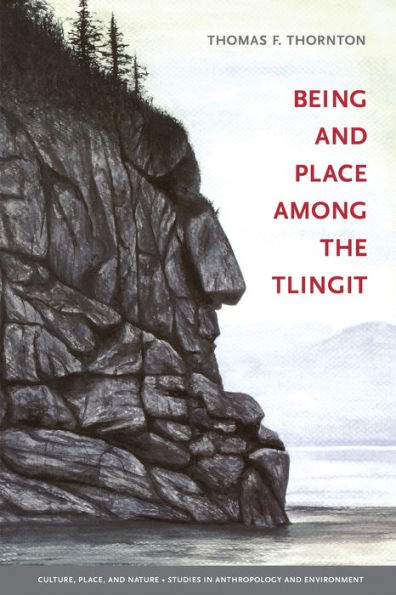In Being and Place among the Tlingit, anthropologist Thomas F. Thornton examines the concept of place in the language, social structure, economy, and ritual of southeast Alaska's Tlingit Indians. Place signifies not only a specific geographical location but also reveals the ways in which individuals and social groups define themselves.The notion of place consists of three dimensions - space, time, and experience - which are culturally and environmentally structured. Thornton examines each in detail to show how individual and collective Tlingit notions of place, being, and identity are formed. As he observes, despite cultural and environmental changes over time, particularly in the post-contact era since the late eighteenth century, Tlingits continue to bind themselves and their culture to places and landscapes in distinctive ways. He offers insight into how Tlingits in particular, and humans in general, conceptualize their relationship to the lands they inhabit, arguing for a study of place that considers all aspects of human interaction with landscape.In Tlingit, it is difficult even to introduce oneself without referencing places in Lingit Aani (Tlingit Country). Geographic references are embedded in personal names, clan names, house names, and, most obviously, in k-waan names, which define regions of dwelling. To say one is Sheet'ka K-waan defines one as a member of the Tlingit community that inhabits Sheet'ka (Sitka).Being and Place among the Tlingit makes a substantive contribution to the literature on the Tlingit, the Northwest Coast cultural area, Native American and indigenous studies, and to the growing social scientific and humanistic literature on space, place, and landscape.



